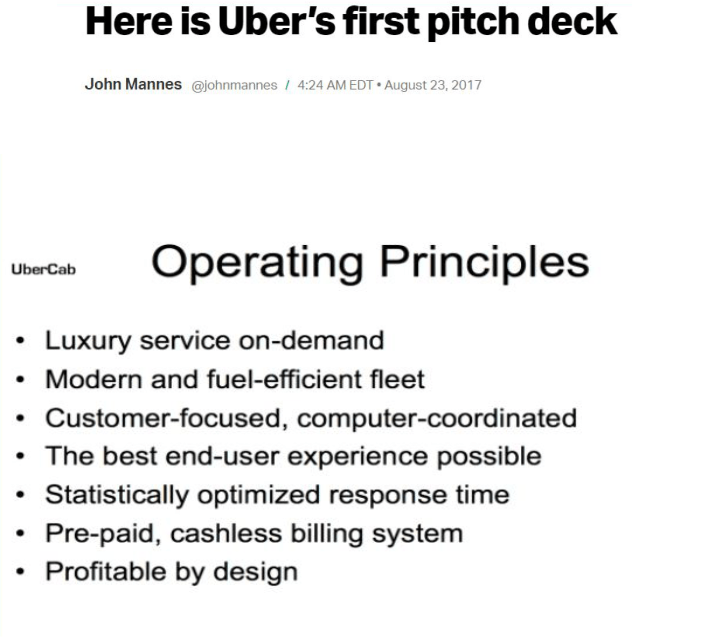1st Party Subscription vs 3rd Party Platform looks at the advantages of lower cost and greater convenience to last-mile mobility by eliminating the middleman.
In 2008, Uber flaunted their disrupter rideshare model based on displacing the taxis medallion model. To respond to a ride-hailing customer on the streets of NYC, taxis companies, then and now, are required to pay licensing fees for the right to pick up passengers at the side of the street. Uber circumvented that caveat by providing technology to the customer with a mobile app to beckon nearby ride-hail drivers, thus combining convenience with lower costs. Investors flocked to the trendy ridesharing app and the money was used to expand the platform.
Over the years, Ubers’ 3rd party platform, along with their offshoots and mimics, Uber-Eats, Doordash etc, have raised their rates, created discord amongst their drivers as to whether they are independent contractors or not, and extracted exorbitant fees from restaurants to publish their menu items and take orders. The pushback has left Uber without annual profits, ever!
The solution is to return to sensible, fair delivery service for myriad items arriving at homes and offices. First-party transactions tend to be less expensive simply by avoiding the costs of information being transferred through a middleman.

The simplest solutions are most likely the most convenient and least expensive. The basic premise for providing directions to a driver is to; pick up these items at this location and deliver them to that location. Whether it is people, parcels, meals, or groceries, the process is the same. Adding a third party introduces miscommunication errors, delays, and allows the spread of unfair practices that negatively impact the customer asking for delivery and the driver fulfilling the request.
Utilizing the 1st party Rapidgo Driver Gateway subscription, which provides direct encrypted communication and payment transfer between customer/user and driver, the process eliminates confusion and lowers wasted overhead costs. Above all, it places the responsibility and results from sweat equity squarely on the shoulders of the independent business owner delivery driver. They can develop their business to suit their own schedule and income requirements. At Rapidgo, fairness and opportunities for drivers are our focus.
Looking at Uber’s first pitch deck (Ubercab), provides some insight into their launch model. Nowhere in their pitch does it address drivers and their plight. It seems a stretch to find the “profitable by design” results even after eleven years.

1st Party Subscription vs 3rd Party Platform separates the overheads from the services. To learn if the Rapidgo Driver Gateway system is right for your business development, visit our Gateway Details page for more information.
Next, we will look at the impact of third-party platforms on food delivery, the disruptions, and the solutions for greater convenience and lower costs provided by Rapidgo Driver’s last-mile mobility applications.
To learn more about delivery driver opportunities check out our resources HERE.


